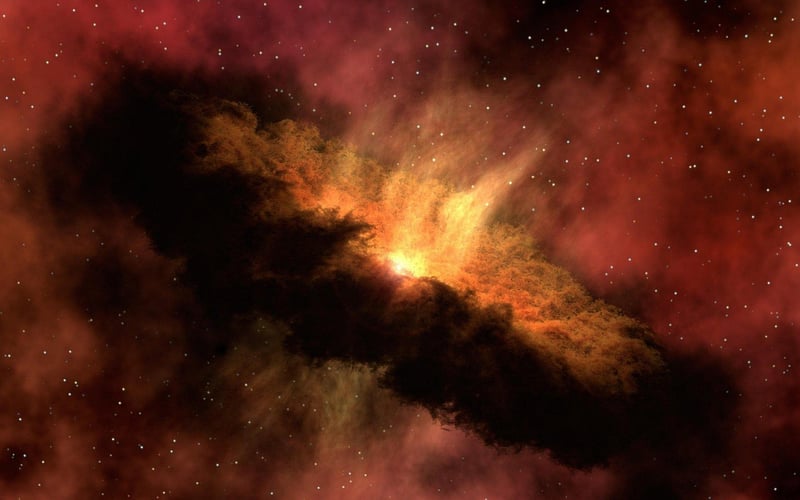Causality Dilemmas
Navigating Time Conundrums + Causality Dilemmas
Time travel has been a fascinating concept that has intrigued scientists, philosophers, and fiction enthusiasts for decades. The idea of altering the past or visiting the future raises complex questions about causality, paradoxes, and the very fabric of time itself. In this article, we delve into the intricacies of navigating time conundrums and causality dilemmas.
The Grandfather Paradox
One of the most famous time travel paradoxes is the Grandfather Paradox. It poses the question: what would happen if you went back in time and prevented your grandfather from meeting your grandmother, thus preventing your own birth? This paradox raises fundamental questions about causality and the possibility of changing the past.

Closed Timelike Curves
Closed timelike curves are theoretical constructs that suggest the possibility of time travel within the framework of general relativity. These curves loop back on themselves, creating a path that returns to the starting point in both space and time. While mathematically allowed, their existence raises significant causality dilemmas.

Temporal Loops
Temporal loops are scenarios where an event influences itself either directly or indirectly. This creates a loop in which the event is its own cause, leading to a self-referential cycle. The implications of temporal loops challenge our understanding of cause and effect.

Resolving Paradoxes
Various theories have been proposed to resolve time travel paradoxes, such as the Novikov self-consistency principle and the multiple timelines hypothesis. These theories aim to maintain logical consistency in a universe where time travel is possible, avoiding inconsistencies and paradoxes.
Conclusion
Time conundrums and causality dilemmas associated with time travel continue to captivate our imagination and challenge our understanding of the universe. While the concept of time travel remains speculative, exploring these paradoxes offers insights into the nature of time, causality, and the limits of human knowledge.
